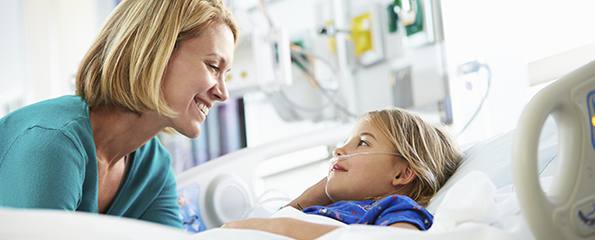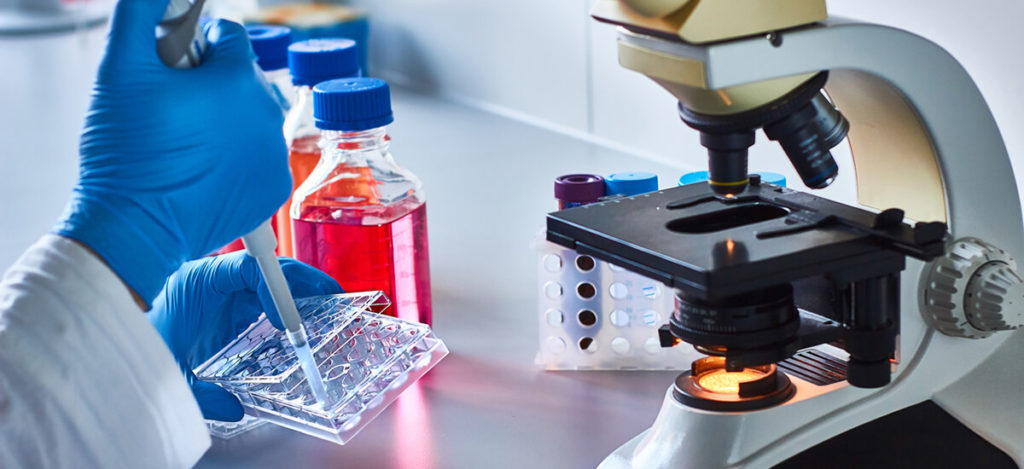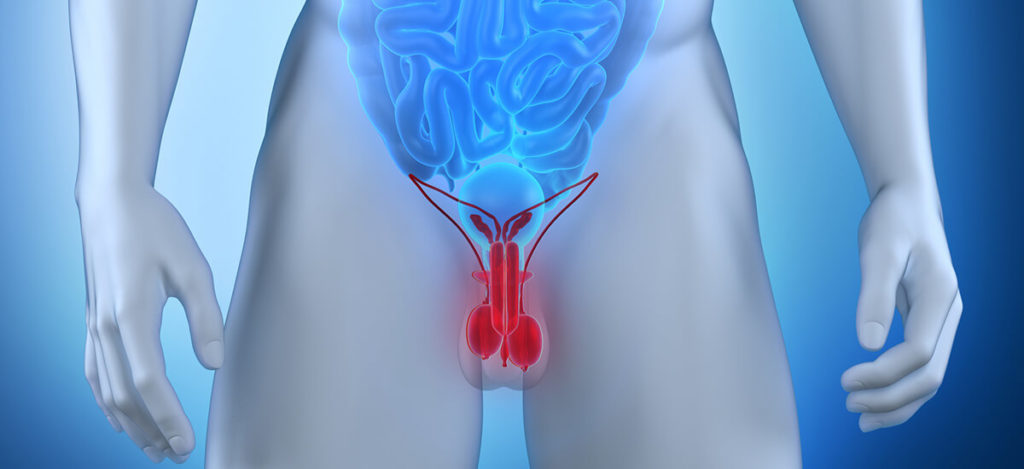Aim: To evaluate the clinical activity, toxicity and mobilizing capacity of a new short-course (bi-weekly), dose intensive, cytoreductive/mobilizing salvage regimen (R-GIFOX) combining the cross-synergistic agents Gemcitabine (G), Ifosfamide (Ifo), Oxaliplatin (Ox) and Rituximab (R) in patients with relapsed and refractory CD20+ NHL.
Conclusions:
R-GIFOX was feasible, tolerable, effective and able to mobilize peripheral stem cells in patients with reccurrent aggressive NHL. It enabled the achievement of effective dose-intensities and high response rates also in the older patients.
Official Title
Gemcitabine, Ifosfamide, Oxaliplatin and Rituximab (R-GIFOX), a New Effective Cytoreductive/Mobilizing Salvage Regimen for Relapsed and Refractory Aggressive Non-Hodgkin’s Lymphoma: Results of a Pilot Study
Conditions
Study Type
Pilot Phase II
Study Design
Patients: 14 patients (median age 63 years, range 37-78 years) with relapsed (n = 9) or primary progressive (n = 5) aggressive [diffuse large cell (n=7), mantle cell (n=4), follicular G3b (n=3)] advanced (stage IV = 71%), poor risk (IPI 3-5 = 50% median number of previous therapy=2, r 1-4) NHLTreatment:R-GIFOX consisted of R (375 mg/m2, d 1), G (1000 mg/m2, d 2), Ox (130 mg/m2, d 3) and Ifosfamide (5 g/m2, d 3), as a 24-hour single infusion in patients aged ≤ 65 years, or fractionated over 3 days (dd 3-5) in older patients.Treatment was given every two weeks with G-CSF support (5 mcg/kg/day, dd 6-11; 10 mcg/kg/day at the 3rd course) for stem cells mobilization. It was planned to give three courses of therapy followed by mobilization and ASCT or three more courses if ineligible for ASCT.
Further Details
Results:Responses evaluated after 3 cycles by the integrated FDG-PET/IWC criteria, and reassessed at the end of the entire program. The ORR assessed after three courses of R-GIFOX was 77%, 7 complete responses (54%; CR=5; CRu=2) & 3 partial; CRu converted to CR at BM biopsy after 6 courses. According to age, the ORR was 67% (4 CR, 2 PR) and 80% (3 CR, 1 PR) for patients aged ≤ 65 years and those older, respectively. According to disease status, the ORR was 40% (1 CR, 1 PR) and 89% (6 CR, 2 PR) for primary refractory and relapsed patients, respectively. Among CRs no patient has relapsed at a median time of 5 months (range, 2+ – 10+). CTCAE v3.0 G3/G4 thrombocytopenia was present in 26 % of courses G3/G4 neutropenia in 22%; febrile neutropenia and infections in 8% and 6% of cycles, respectively.
Study Start
Eligibility & Criteria
Indication: Non Hodgkin’s Lymphoma
Total Enrolment
Contact Details
Gaetano Corazzelli et alAbstract 940 ASH 2005Hematology Oncology Unit, INT, IRCCS, Naples, Italy
All content and media on the HealthEngine Blog is created and published online for informational purposes only. It is not intended to be a substitute for professional medical advice and should not be relied on as health or personal advice. Always seek the guidance of your doctor or other qualified health professional with any questions you may have regarding your health or a medical condition. Never disregard the advice of a medical professional, or delay in seeking it because of something you have read on this Website. If you think you may have a medical emergency, call your doctor, go to the nearest hospital emergency department, or call the emergency services immediately.







